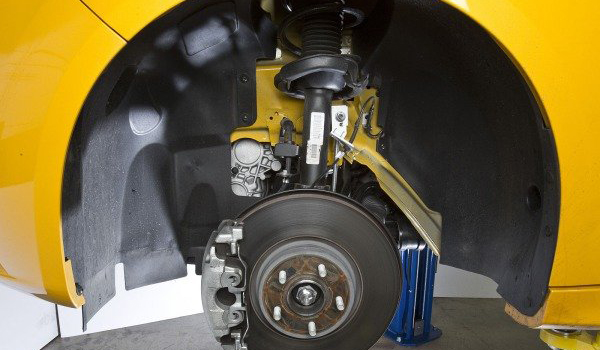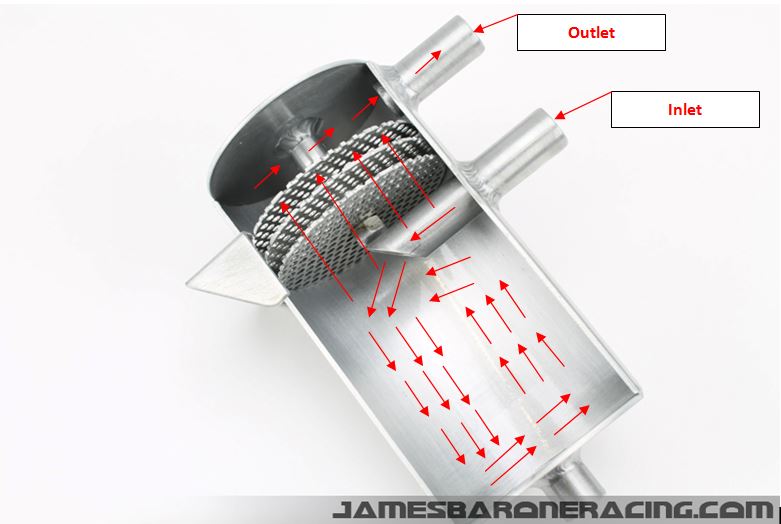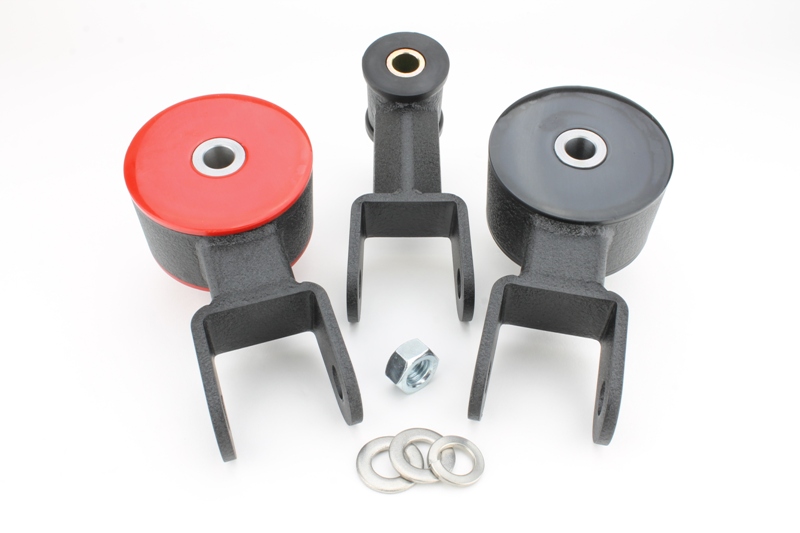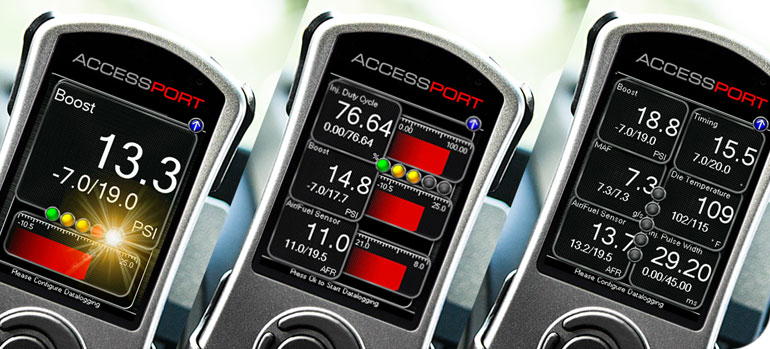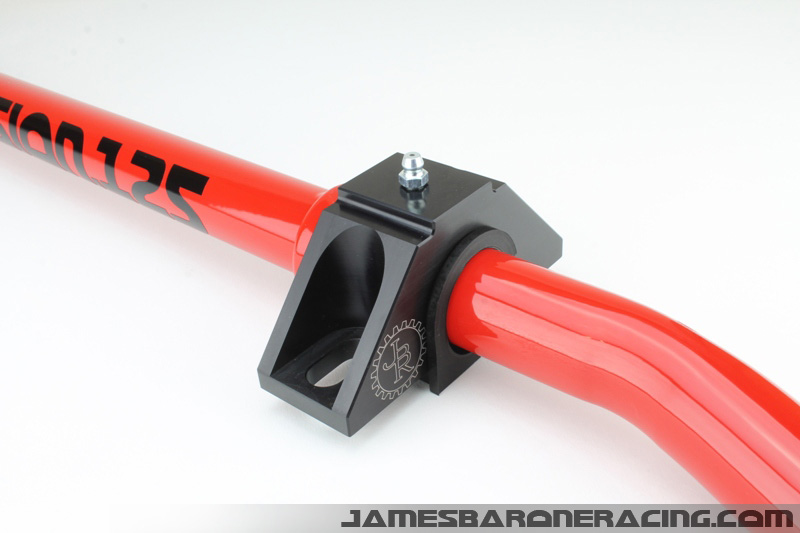Let’s start with the basics. Most seasoned car guys are aware of a choice between spring upgrades and coilover suspension systems. In the most basic sense, a spring refers to an elastic object with capability to store energy. For the sake of automotive suspension, the coil spring is referenced.
The rate of a spring directly relates to its deflection in a given load capacity. To get more specific to our automotive application, this coil spring is a compression spring. By definition, as load is increased, this spring becomes shorter. This is where roll occurs in cornering. OEM applications require a spring with a low spring rate to provide driving comfort and longevity of shocks/struts.
The OEM shocks and struts are hydraulic dampers. The job of a hydraulic damper is to control inconsistencies in form of oscillations of the spring. Lost yet? Think of it like the spring being a coarse control, while the damper is a fine control. The damper utilizes a piston with an orifice to transfer a gas or fluid through a piston chamber. The energy created from movement is converted to heat, which is dissipated through the gas or fluid. In an OEM application, this orifice is usually a fixed size. The size determines the rate at which the fluid transfers. The rate of fluid transfer relates to the rate at which the damper moves.
A spring upgrade is an inexpensive solution to accomplish a limited goal. Changing your coarse control value gives you an easy performance gain. By stiffening the spring and causing the OEM damper to sit at a more compressed average position cornering performance will be increased, but excessive load will be caused on the damper. Because of the fixed orifice, the damping and rebound rates are also fixed, which limits your fine control.
Upgrading the suspension as a whole will net the best performance gains and long-term reliability. This is where options of a coilover suspension system come into play. The top level systems are designed with every control parameter in mind. Rather than limiting the setup with a fixed orifice, variable orifice valving is used. This allows adjustment. For the best control over your suspension, independent adjustable damping and rebound are desirable. This, in simple terms, means that user inputs allow both the up-stroke and the down-stroke of the piston in the damper to be controlled independent of one another.
In a street application, comfort is obviously going to be a concern. Though springrates are fixed in suspension systems via the compression spring earlier discussed, the damping and compression values are able to be changed. By setting these to softer settings, the dampers will absorb more road turbulence. This allows the cabin to be more level and comfortable.
In a track application, the only thing to be worried about is performance. Setting the damping and rebound to a stiffer setting will net the least roll in and allow for best cornering performance. This holds true until a stiffness is achieved in which rather than the body roll absorbing the sideways movement, the vehicle starts to slide. This is all dependent on road conditions, vehicle setup, etc. This is why adjustability is key.
Next in the series Suspension Part Two – The Breakdown
Like the information in this blog? Check out the James Barone Racing line of aftermarket performance parts!




